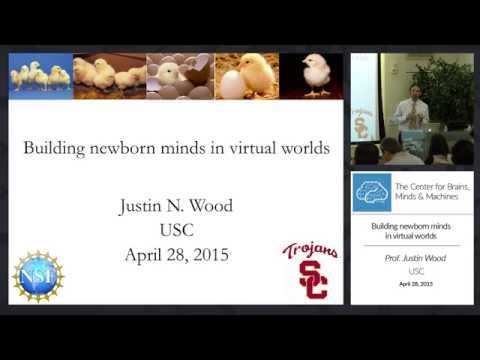Description:
Explore the origins of high-level vision and the development of invariant object recognition in newborn brains through a comprehensive lecture. Delve into an innovative controlled-rearing technique that overcomes traditional research limitations, allowing for continuous observation and testing of newborn animals in controlled virtual environments. Examine a series of experiments revealing how invariant object recognition emerges in newborn brains, and discover how these findings can be linked to visual cortex models. Learn about the advantages of automation in developmental research, the similarities between avian and primate brains, and the potential applications of controlled rearing in testing theories in developmental psychology and computational neuroscience. Gain insights into rapid object recognition, background invariance, and the impact of natural visual worlds on cognitive development.

Building Newborn Minds in Virtual Worlds
Add to list
#Science
#Biology
#Neuroscience
#Social Sciences
#Psychology
#Developmental Psychology
#Cognitive Development
#Computational Neuroscience